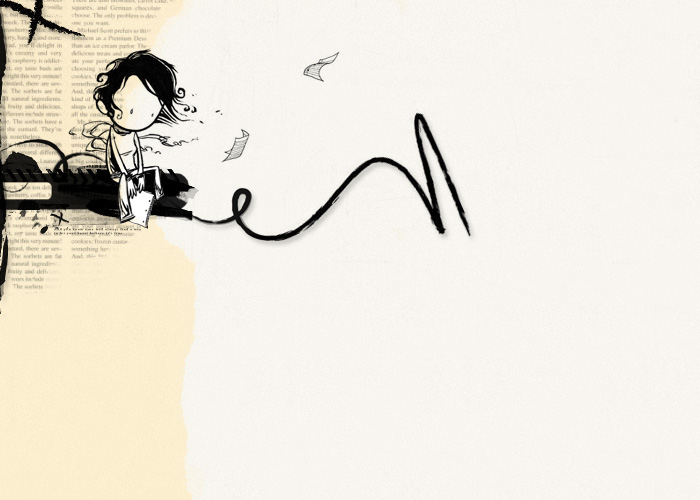Write Drunk, Revise Sober
Friday, October 5, 2007 . 1:47 PM
The Pre-Drink - 10/5/07 Now that you have a protagonist and an antagonist, you're finished with character stuff, right? If only.Think of all the people you've met in your life: friends, family, classmates, colleagues, coworkers, and so on. Pretty long list, huh? And in their own ways, they've all impacted your life somehow, making you who you are and helping bring you to the place you are today. Thankfully, you'll never have to put that many people in your story, or even worry about defining them in order to create your characters. However, you will need to do some brain work to come up with the supporting cast for your story.
There are three basic categories of secondary characters: those who 1) help the protagonist, 2) help the antagonist, or 3) help the reader. Don't go crazy coming up with every minor character in the story at this point; just define the ones who will be most important to the character. You can work on the "extras" when you discover that you require them.
Characters who help the protagonist can be just about anything. Usually they will be friends or family who stand by your hero in his hour of need. They can also be the professor who provides a necessary clue to help solve a mystery, or the good Samaritan who gives him a ride when his car breaks down; basically, anyone who assists your character, in whatever way, to achieve his goal goes into this category.
Conversely, characters who help the antagonist (or harm the protagonist) can also be just about anything. They will usually be friends or minions of the villain, or simply enemies of the hero, and they are determined to get in the hero's way and stop him from achieving his goal. Perhaps the protagonist is being chased by the police for a crime committed by the antagonist; those police officers, even if they are good people, are helping the antagonist and hindering the hero.
What about this helping the reader thing? Characters in this category won't necessarily help or hinder the hero, but they will usually help the reader understand what is going on in the story somehow. They may explain vital plot points, or describe aspects of the setting, or they may exist mainly to provide the reader with a sense that the world of the novel is a realistic one populated with real people. Few characters will tend to fall into this category, as most of the people who would deserve any attention in your world should do something to further the plot, and would thus be either #1 or #2. But, say, a girl who stumbles on a spaceship sometime prior to the events of the story, thereby letting the reader know that aliens are abroad, doesn't really help anyone but the reader.
It's fine if you want to hold off on this until you have a better idea of what you need based on your plot. You don't want to create a really great minor character and then find yourself with absolutely no reason to include him in the story. But if you already know that your main character won't get along by himself, or that your antagonist needs some goons to do her dirty work, now is the time to develop those characters so that they can be as realistic as your hero and villain. 0 comments
